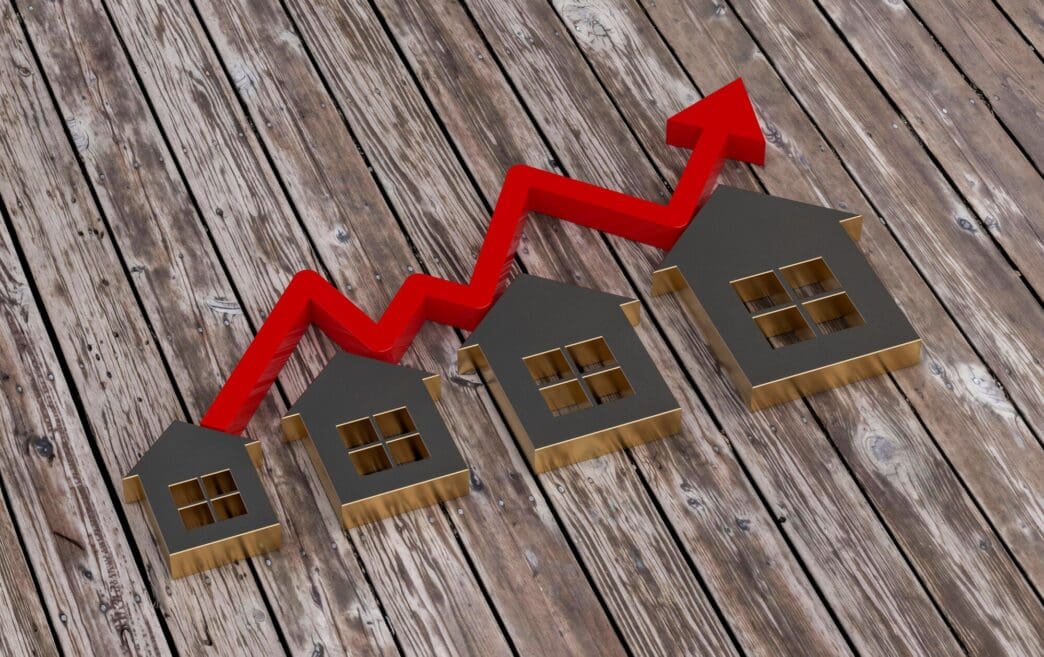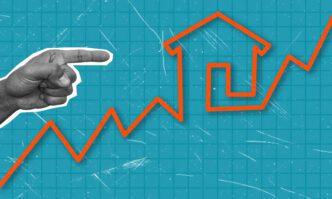Executive Summary
The Trajectory So Far
Assessing Risk and Value
Expert Predictions and Forecasts
The average rate on a 30-year U.S. mortgage has declined for the fourth consecutive week, reaching its lowest point in more than a year. This drop, from 6.19% to 6.17%, was reported by the Federal Home Loan Mortgage Corporation, or Freddie Mac, on Thursday. Lower mortgage rates are expected to enhance homebuyers’ purchasing power and offer attractive refinancing opportunities for existing homeowners.
Mortgage Rate Details
The latest average 30-year fixed-rate mortgage stands at 6.17%, down from 6.19% the previous week. A year ago, the average rate was significantly higher at 6.72%. The last time rates were lower was on October 3, 2024, when they averaged 6.12%.
Borrowing costs for 15-year fixed-rate mortgages, often favored by homeowners looking to refinance, also eased. The average rate decreased from 5.44% to 5.41% this week, compared to 5.99% a year ago, according to Freddie Mac.
Impact on the Housing Market
The housing market has experienced a downturn since mortgage rates began climbing from historic lows in September 2022, consistently remaining above 6%. Last year saw sales of previously occupied U.S. homes fall to their lowest level in nearly three decades.
However, recent rate declines have shown some positive effects. Sales of existing homes accelerated last month, reaching their fastest pace since February. Mortgage applications, which encompass both home purchases and refinances, increased by 7.1% last week from the prior week, according to the Mortgage Bankers Association (MBA).
Refinancing Trends
Applications for mortgage refinance loans saw a notable rise of 9% last week, more than doubling compared to the same week last year. Despite this surge, a broader segment of homeowners might not find current rates sufficiently appealing for refinancing.
Data from Realtor.com indicates that approximately 80% of U.S. homes with a mortgage currently hold a rate below 6%, with 53% having a rate below 4%. This suggests that rates would need to fall further to entice a larger proportion of homeowners to refinance.
Factors Influencing Rates
Mortgage rates are influenced by a complex interplay of factors, including the Federal Reserve’s interest rate policy decisions and bond market expectations regarding the economy and inflation. They typically track the trajectory of the 10-year Treasury yield, which lenders use as a benchmark for pricing home loans.
Rates began their recent decline in July, preceding the Federal Reserve’s decision in September to cut its main interest rate for the first time in a year, driven by concerns about the U.S. labor market. The Fed again lowered its key interest rate this week to support the slowing job market.
However, Federal Reserve Chair Jerome Powell cautioned that further rate cuts in December are “not a foregone conclusion,” which led the 10-year Treasury yield to climb to roughly 4.09% by Thursday’s close. The Fed might also temper future rate cuts if inflation escalates, potentially exacerbated by the Trump administration’s expanding use of tariffs, as lower rates can contribute to inflation.
Bond investors demand higher returns when inflation is elevated, which could translate into increased yields on the 10-year Treasury note, ultimately pushing mortgage rates upward. It is important to note that the central bank does not directly set mortgage rates, and its short-term rate cuts do not guarantee a corresponding decline in home loan rates, as evidenced by mortgage rates marching higher last fall after an initial Fed rate cut.
Market Outlook
While the recent dip in mortgage rates has provided some relief and stimulated market activity, the future direction remains subject to economic indicators and Federal Reserve policy. The interplay of inflation concerns, Treasury yields, and the Fed’s cautious stance will continue to shape borrowing costs for homebuyers and homeowners.








